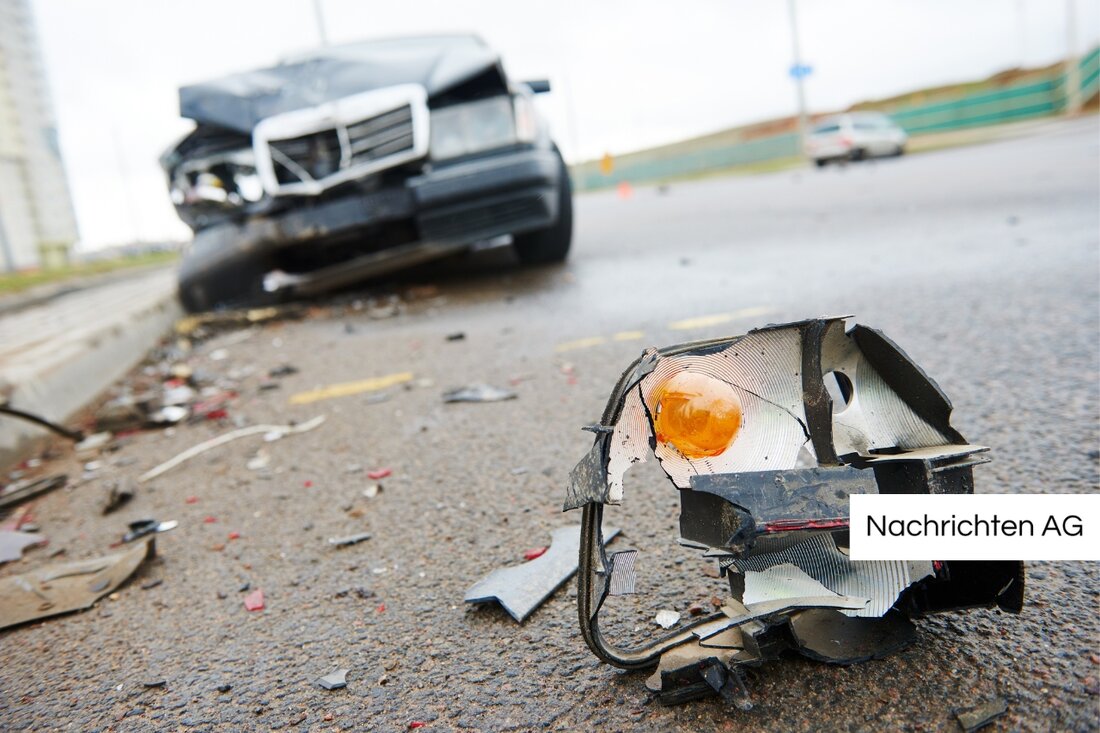Digital Treasures: How we secure our cultural heritage for the future!
On September 15, 2025, Dr. Florian Herrmann visited the datArena at the University of BW Munich and discussed digital archiving.

Digital Treasures: How we secure our cultural heritage for the future!
On September 15, 2025, the datArena at the University of the Bundeswehr in Munich received high-ranking visitors from Bavarian state politics. Dr. Florian Herrmann, the head of the State Chancellery, and Kerstin Schreyer, a member of the state parliament, received a deep insight into the important activities of this institution. Vice President Prof. Geralt Siebert guided the guests through the collection of information technology and particularly addressed the preservation of digital cultural heritage.
The discussion about the long-term archiving of digital data took a central place during this visit. Dr. Herrmann emphasized the need to motivate young people to pursue STEM subjects, pointing to a gifted program that is proving to be an important measure. Professors Stefan Pickl and Uwe Borghoff emphasized the importance of operational old computers and the corresponding software for the archiving and analysis of historical data, such as the readability of spectrograms from radioactivity measurements after the Chernobyl accident in 1986.
Challenges of digital long-term archiving
The preservation of digital information faces a variety of challenges that were addressed in the discussion about the datArena. Physical objects have a certain shelf life, while electronic publications always pose new problems. Digital storage media can often be reconstructed, even with minor errors, while with major defects, data can be irretrievably lost, which is known as “digital oblivion.” Wikipedia reports, that digital data must be protected not only from loss due to aging, but also from the need to copy it to new media in a timely manner.
A key issue here is the higher demands on storage and the continued adaptability of media, formats and reading devices. The need for metadata to make the original data discoverable and structured was also emphasized. The professors emphasized that old storage media such as parchment can last for many centuries if stored well, while modern digital media often only last for a limited time. In addition, digital data carriers quickly lose their functionality due to environmental influences and chemical or physical influences. German National Library explained that proprietary systems and copyright hurdles make long-term archiving difficult.
Future visions and integration into the ecosystem
At the end of the appointment, Dr. Herrmann said that the integration of the datArena into the Bavarian museum and science ecosystem should be further promoted. Kerstin Schreyer described the datArena as a “unique jewel in her constituency”, which illustrates the positive appreciation of the institution. A virtual highlight of the visit was the planned visit to Thomas Mann's villa in Munich-Bogenhausen, which Herrmann also planned, and interest in a virtual tour of his villa in Pacific Palisades, USA, was aroused.
The discussion about digital long-term archiving is not just a question of technology, but also one of interdisciplinary cooperation between educational institutions, politics and science. Seamlessly connecting stakeholders will be crucial to preserving digital heritage for future generations.

 Suche
Suche
 Mein Konto
Mein Konto